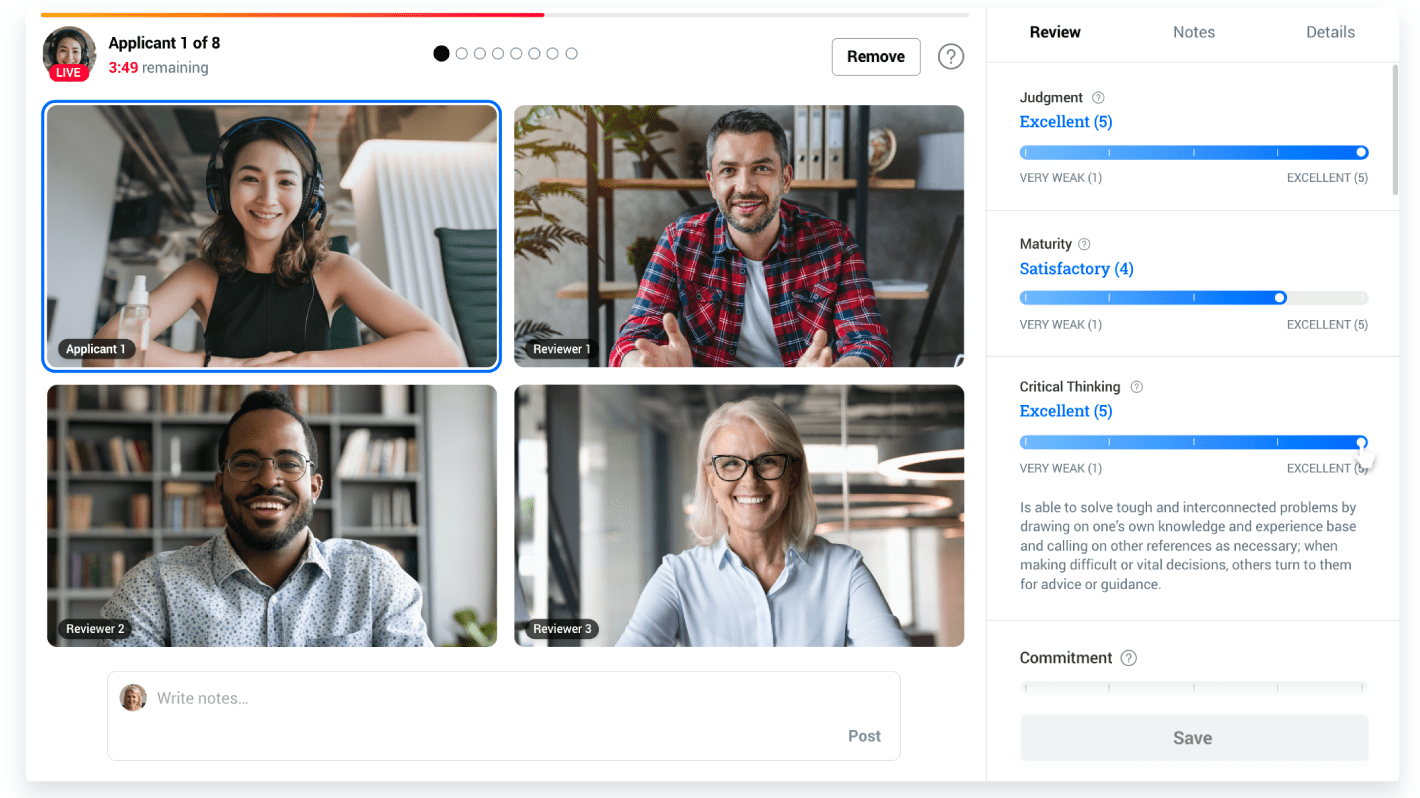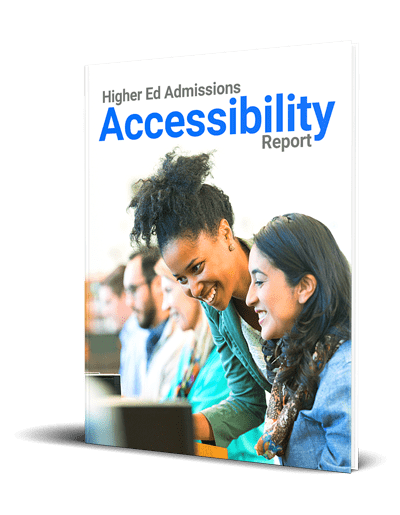Today’s admissions leaders are faced with a difficult challenge. Pressure to meet enrollment targets is increasing just as technological innovation is opening the doors to all sorts of non-traditional educational opportunities. For colleges and universities, a deeper look at your admissions process to see how unidentified accessibility barriers are blocking candidates from applying to your school could uncover a significant group of underserved applicants.
In the United States today, one in four adults have a disability and one in five live with a mental illness.
“Having accessibility-related communications makes your school seen by our often untapped community,” explained Alexa Soares, a current MBA student living with depression.
“Many students with disabilities and mental health problems hold back from applying to colleges because they don’t feel that they fit the description of what the school is looking for,” added Jimena Vergara, a current MBA student living with anxiety.
Without the proper admissions tools and strategies in place, schools are inadvertently creating barriers for these applicants and, as a result, are missing out on a large pool of talented applicants.
“There is a huge movement surrounding inclusion in higher education that’s happening right now and accessibility is a part of that,” added Laura Chavira Razo, a current MBA student who is hard of hearing. “Schools that don’t realize this and adjust their processes accordingly are going to be seen as outdated and antiquated. Innovative, forward-thinking schools will be the ones that attract top students.”
The Higher Ed Admissions Accessibility Report contains the latest research and insights from leading voices in the higher ed admissions and accessibility spaces, as well as first-hand experiences of students with accessibility needs as they navigated various admissions processes. These doctors, business leaders, engineers, and philanthropists lend insights into how schools can reach a wider range of talented applicants with just a few adjustments to their existing admissions processes.
Based on these discussions and findings, this report provides seven simple ways to reduce accessibility barriers in your admissions process - helping you attract a diverse pool of differently-abled applicants.



